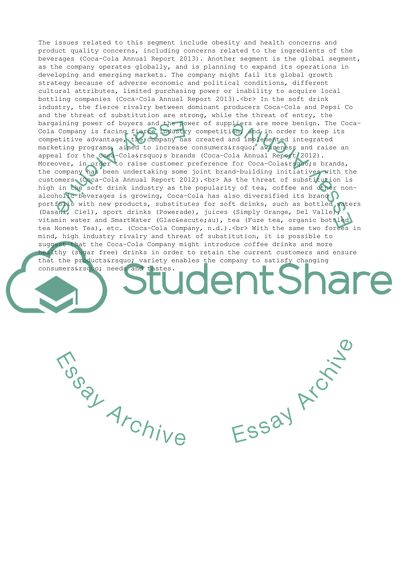Cite this document
(“External and Internal Environments Research Paper - 5”, n.d.)
External and Internal Environments Research Paper - 5. Retrieved from https://studentshare.org/business/1653230-external-and-internal-environments
External and Internal Environments Research Paper - 5. Retrieved from https://studentshare.org/business/1653230-external-and-internal-environments
(External and Internal Environments Research Paper - 5)
External and Internal Environments Research Paper - 5. https://studentshare.org/business/1653230-external-and-internal-environments.
External and Internal Environments Research Paper - 5. https://studentshare.org/business/1653230-external-and-internal-environments.
“External and Internal Environments Research Paper - 5”, n.d. https://studentshare.org/business/1653230-external-and-internal-environments.


